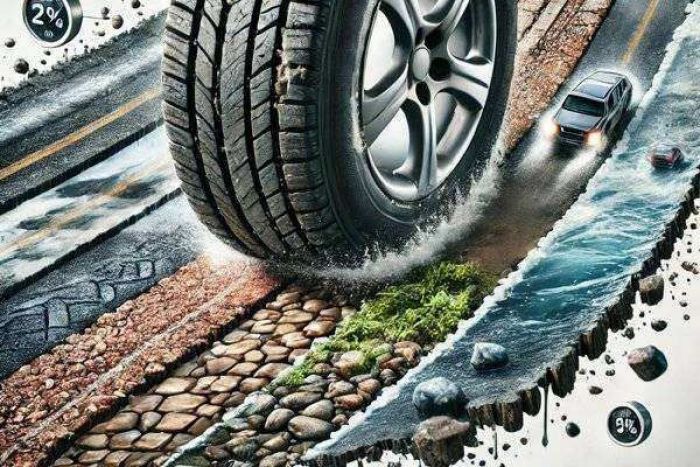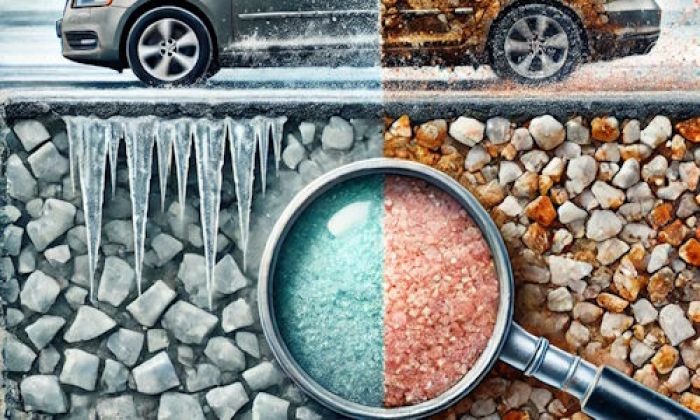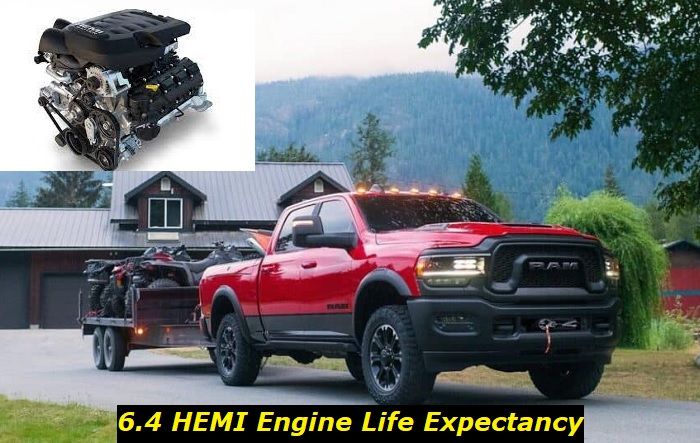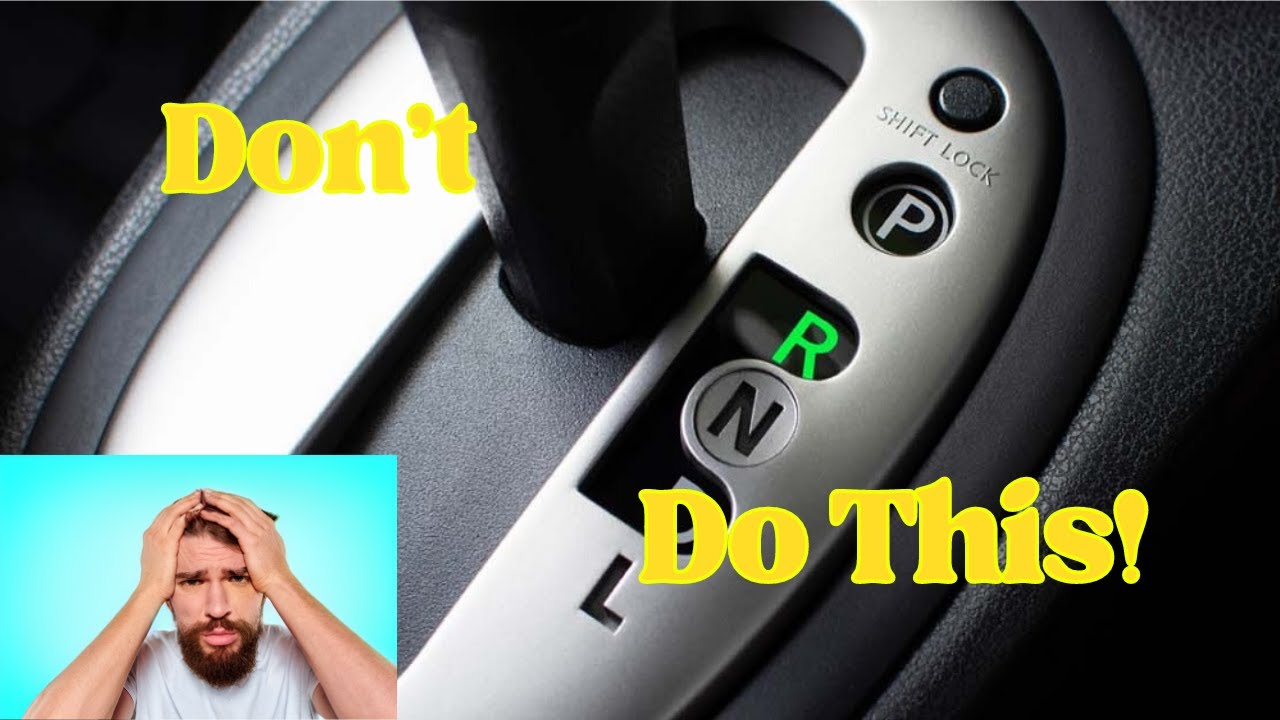If you're like most Honda Pioneer 700 owners, you want your side-by-side to be the best possible. That's why we've put together a roundup of the best Honda Pioneer 700 performance upgrades. Whether you're looking for more power, better handling, or just extra style, we've got you covered. This guide will show how to take your Pioneer 700 to the next level!
.jpg)
6 Awesome Honda Pioneer 700 Performance Upgrade Mods
1. Lift kit for added ground clearance
A lift kit is a great way to add some extra ground clearance to your Pioneer 700. This can be especially useful if you often ride on rocky or uneven terrain. There are many different lift kits available, so be sure to do your research to find one that best suits your needs.
Installation
This is a relatively simple upgrade that you can install in about an hour or two. However, it is always best to consult with a professional if you are unsure about any part of the process.
Risks
- If not installed correctly, a lift kit can cause problems with your suspension and steering. Be sure to follow the instructions carefully and have a professional install it if you're not confident in your abilities.
- A lifted Pioneer 700 will have a higher center of gravity than one that's at stock height. Therefore, it may become more prone to tipping over, so be extra careful when driving on uneven terrain or making sharp turns.
- Make sure that any aftermarket parts you add to your lift kit are compatible with your Pioneer 700. Otherwise, you could run into severe problems down the road.
2. Wheels and tires for improved traction
Wheels and tires are another great way to improve the performance of your Pioneer 700. Larger wheels can help you navigate over rough terrain, while wider tires can provide better traction in mud or snow.
Installation
You'll first need to remove the old wheels and tires from your Pioneer 700. This can be done by loosening the lug nuts and then lifting the side-by-side off of the ground. Once the old wheels and tires are off, you can start installing the new ones. Be sure to hand-tighten the lug nuts before lowering the Pioneer 700 back down onto the ground. Make sure they're tight enough that the wheels won't come off, but don't overtighten them as this could damage the threads.
Risks
- Wider tires can make your Pioneer 700 more difficult to handle, so be sure to take some time to get used to them before taking on any challenging terrain.
- Larger wheels can cause clearance issues, so be sure to check for any potential problems before making your purchase.
- Aftermarket parts may not be compatible with your Pioneer 700, so be sure to check for compatibility before making any changes.
- If you plan on changing your tires frequently, be sure to invest in a good tire changer. Otherwise, you could end up damaging your rims or tires.
3. Winch to pull yourself out of tough spots
If you frequently ride in areas where you might get stuck, a winch can be a lifesaver. A winch will allow you to pull yourself out of tough spots, so you can keep on going.
Installation
Choose the right location for your winch. The front bumper is a popular choice, but you'll need to make sure that there's enough space for the winch and that it won't interfere with any of your Pioneer 700's other systems. Once you've found the perfect location, use bolts to secure the winch in place.
The next step is to connect the power cables from the battery to the winch. Use marine-grade cable for this process, as it's designed to withstand the elements. Finally, connect the control cable from the winch to the controller to allow you to operate the winch from inside your Pioneer 700.
Risks
- Winching yourself out of a tough spot can be difficult and time-consuming. Be sure to have patience and allow yourself plenty of time to get the job done.
- Before operating your winch, make sure it is securely fastened. If not, it can fall loose and result in severe damage.
4. Snorkel for crossing deep water
If you often ride in deep water, a snorkel can be a great way to keep your engine from flooding. A snorkel will allow the engine to breathe easily, even when crossing deep water.
Installation
The best place for mounting a snorkel is up high on the frame, away from any moving parts. Drill a hole in the frame for the Snorkel to fit before mounting the Snorkel on the frame with bolts and nuts. Run the hose from the Snorkel to the engine air intake. Use zip ties to secure the hose in place.
Risks
- A snorkel can seriously damage your engine if improperly installed.
- When driving in water, use additional caution because using a snorkel can make it harder to see where you're going.
5. Auxiliary lighting for improved visibility at night
Auxiliary lighting is a great way to improve visibility at night. Whether you're looking for spotlights or LED light bars, there are many different options available. Be sure to find a set that offers the right mix of power and durability for your needs.
Installation
Installing auxiliary lighting is not so difficult. First, you need to make sure that there's enough space and that the lights won't interfere with any of your Pioneer 700's other systems. Next, use bolts to secure the lights in place. The next step is to connect the power cables from the battery to the lights. Be sure to use marine-grade cable for this, as it's designed to withstand the elements. The last step is to connect the control cable to the lights.
Risks
- Auxiliary lights can cause serious problems with your electrical system. If not installed properly, they can cause your battery to drain quickly.
- If you are using LED lights, be careful not to look directly into them. They can be very bright and cause damage to your eyes.
- Be aware of your surroundings when using auxiliary lights. If you are shining them into someone's eyes, they may not be able to see and could have an accident.
6. Dual Battery Setup
If you are planning on using your Honda Pioneer 700 for any extended off-road adventures, then you should consider upgrading to a dual battery setup. This will help to ensure that you have enough power to run all of your accessories and also help to prevent your batteries from being overworked.
Installation
The first step to setting up your dual batteries is to disconnect the negative terminal from your stock battery, then install the dual battery isolator in between the two batteries. Next, connect the positive terminal of the first battery to the positive terminal of the second battery. The next step is to connect the negative terminal of the first battery to the negative terminal of the second battery. Finally, reconnect the negative terminal to your stock battery.
Type of Batteries for dual battery setup
- Lead-Acid Batteries: These are the most common type of batteries used in dual battery set-ups. They are relatively inexpensive and can be found at most auto parts stores.
- Lithium-Ion Batteries: These batteries are becoming more popular in dual battery setups because they are lighter in weight and have a longer lifespan than lead-acid batteries.
- Gel Cell Batteries: These are filled with gel instead of liquid. This makes them more resistant to vibration and shock, which can be helpful in off-road conditions.
- AGM Batteries: Unlike lead acid batteries, these are sealed and have Absorbed Glass Mat (AGM) technology.
- Dry Cell Batteries: These batteries are similar to lead-acid batteries, but they do not contain any liquid.
Risks
- A dual battery setup can cause serious electrical issues.
- Batteries can leak acid and cause damage to your vehicle.
- Batteries can explode if not handled properly.
- Batteries can release poisonous gases if not ventilated properly.
Additional Upgrades to Try
There are a few other upgrades that may not directly improve the performance but are worth considering:
- Windshield
The windshield is the first thing that you should consider upgrading on your Honda Pioneer. A good windshield will help to protect you from the elements and debris that can be thrown up by the tires. A windshield will also help to deflect the wind, which can help to increase your fuel efficiency.
- Roof Rack
A roof rack can be a great addition to your Honda Pioneer if you are planning on doing any off-roading. A roof rack will provide you with a place to store your gear and also help to protect your vehicle from the elements.
- Custom-made seat covers and dashboard cover
Custom-made seat covers and dashboard covers can add both style and comfort to your Pioneer 700. Seat covers can protect your seats from wear and tear, while dashboard covers can protect your dash from the sun.
- Fender flare extensions and mud flaps
Fender flare extensions and mud flaps do more than give your Honda Pioneer 700 an aggressive look. They will keep mud and clay off your exterior, thereby maximizing your offroad performance.
Honda Pioneer 700 Upgrade Tips
Here are a few basic tips to guide you in upgrading your side-by-side:
- Check your owner's manual for the recommended tire size and gear ratio for your Honda Pioneer 700.
- Choose the right aftermarket parts for your Honda Pioneer 700. Make sure that the parts are compatible with your model and the year of the vehicle.
- Follow the instructions provided by the aftermarket parts manufacturer. Make sure that you understand the installation process before starting it.
- Take your Honda Pioneer 700 to a professional mechanic for the final tune-up. This will ensure that the vehicle is running at its optimum performance.
How To Increase the Speed of Your Honda Pioneer 700?
We all want our Honda Pioneers to be as fast as possible. Here are a few tips on how you can increase the speed of your machine:
- Replace the stock air filter with a high-flow aftermarket filter for your engine to breathe better and make more power.
- Make sure the tires are in good condition and inflated to the proper pressure. Keeping tires in good shape will help the machine roll more efficiently and reduce friction.
- If you have an aftermarket exhaust system, make sure it is tuned properly. A well-tuned exhaust will help the engine to breathe better and make more power.
- Make sure the engine is tuned correctly. A well-tuned engine will make more power and be more efficient.
- Keep the machine clean. A dirty machine will run less efficiently.
- Follow the proper break-in procedure for your Honda Pioneer 700 to ensure that the engine is running at its best.
Conclusion
Settling for average shouldn't be an option when upgrading your Honda Pioneer 700. We strongly advise that you aim for three things when improving your side-by-side: performance, utility, and aesthetics. However, priority should always be given to performance upgrades as that will define how well you enjoy your off-roader.
However, it is crucial to make sure that you choose the right parts and follow the proper installation procedures. Taking your machine to a professional mechanic prior to a final tune-up is always a good idea, and our tips will help you to get the most out of your machine.
About the authors
The CarAraC research team is composed of seasoned auto mechanics and automotive industry professionals, including individuals with advanced degrees and certifications in their field. Our team members boast prestigious credentials, reflecting their extensive knowledge and skills. These qualifications include: IMI: Institute of the Motor Industry, ASE-Certified Master Automobile Technicians; Coventry University, Graduate of MA in Automotive Journalism; Politecnico di Torino, Italy, MS Automotive Engineering; Ss. Cyril and Methodius University in Skopje, Mechanical University in Skopje; TOC Automotive College; DHA Suffa University, Department of Mechanical Engineering






Add comment